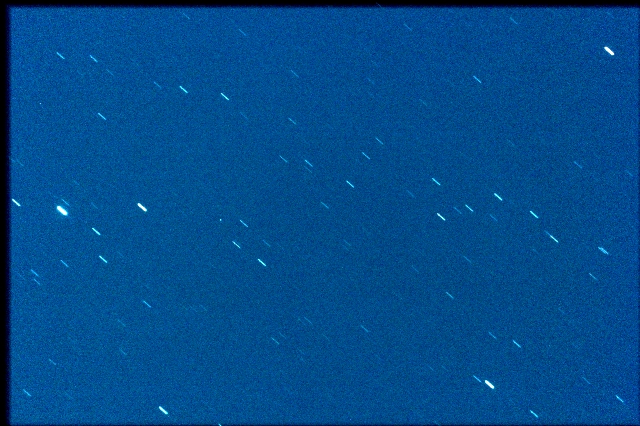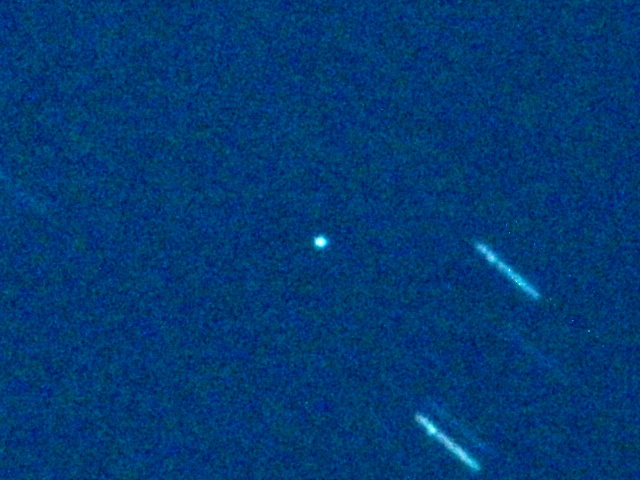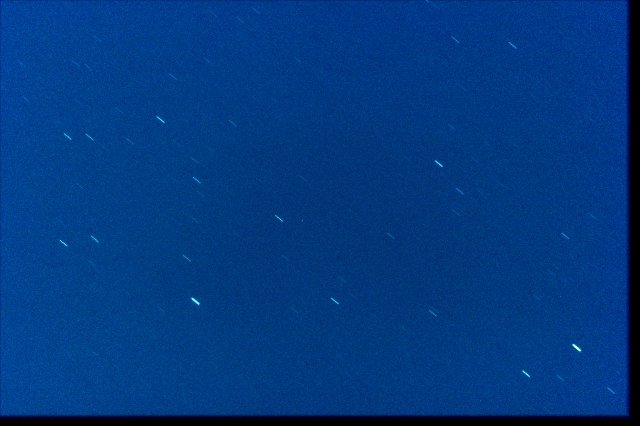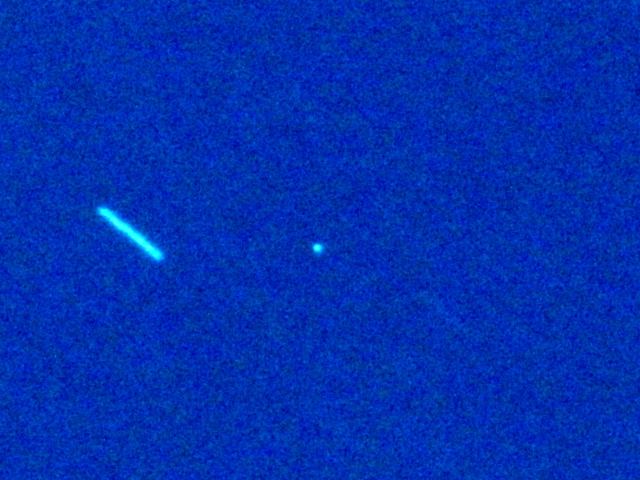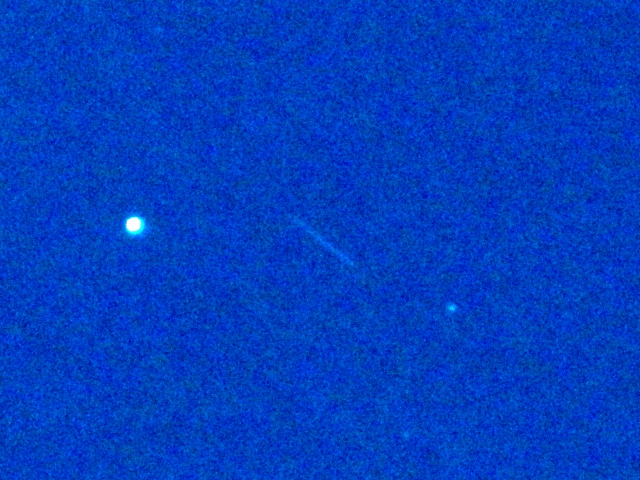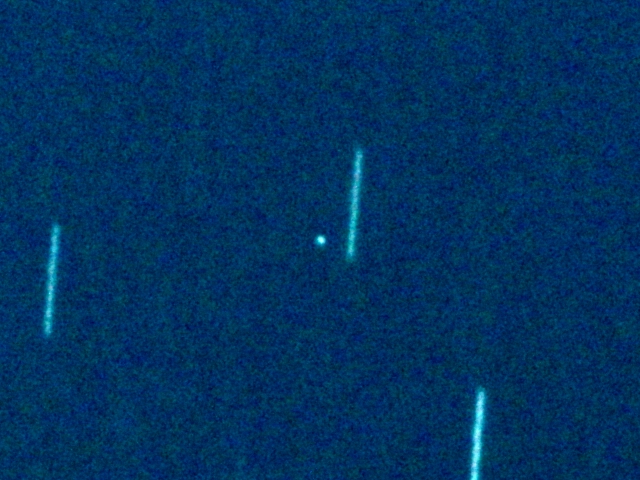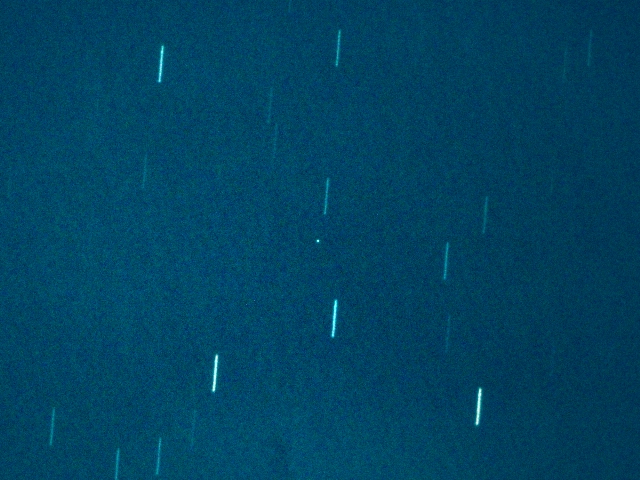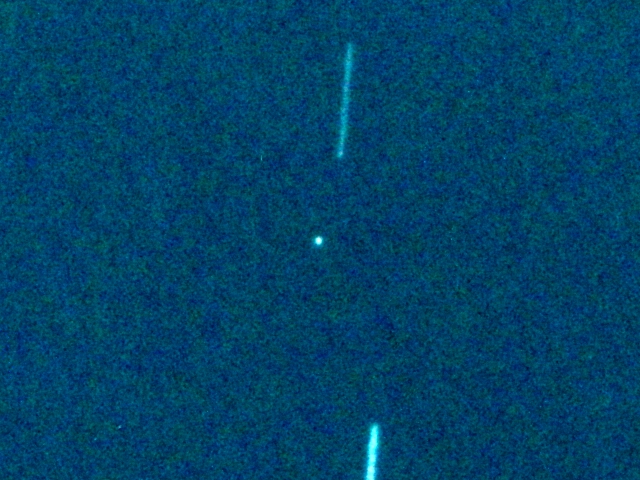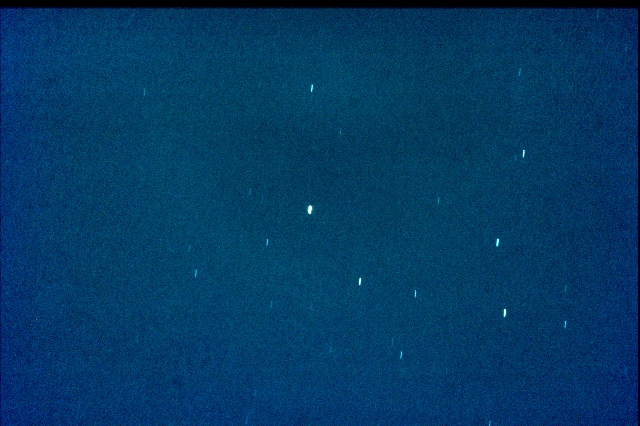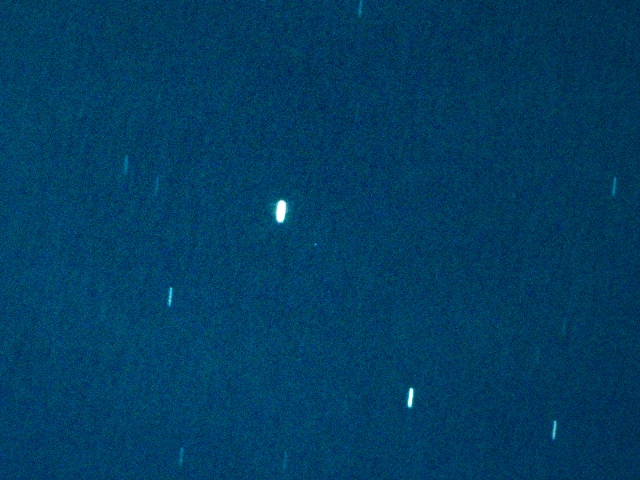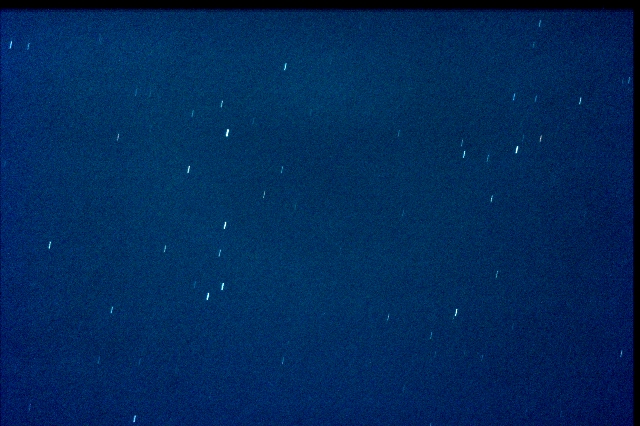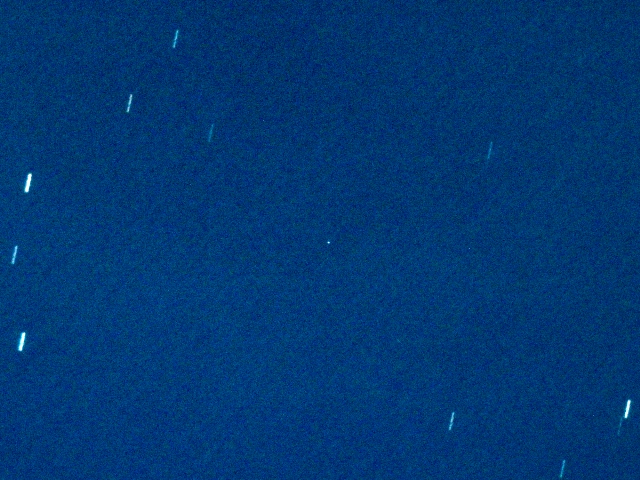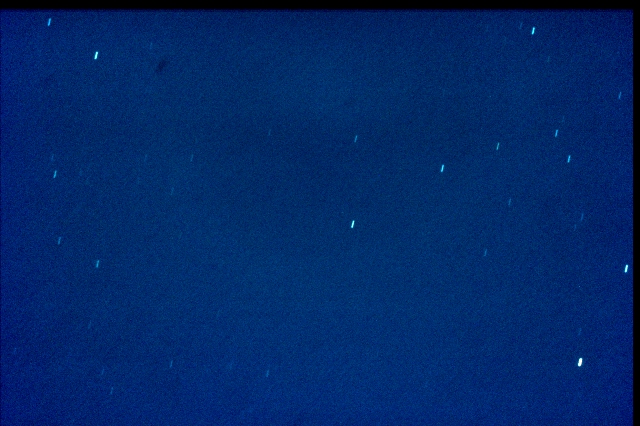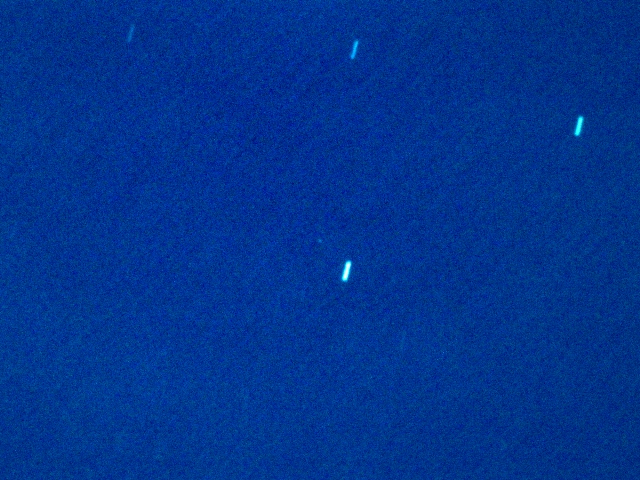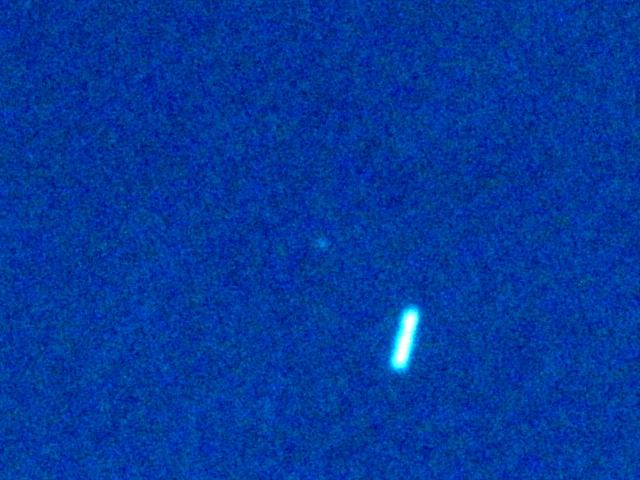Hidalgo was discovered by German astronomer Walter Baade on 31 October 1920 at Bergedorf Observatory in Hamburg, Germany.[3] It is named for Miguel Hidalgo y Costilla, who was responsible for declaring Mexico's independence in 1810 and the ensuing Mexican War of Independence. German astronomers who were in Mexico to observe a total eclipse on 10 September 1923 had an audience with President Alvaro Obregon. During this meeting, they asked his permission to name the asteroid after Hidalgo.[2]
It was one of five minor planets included in the 1993 study, Transition Comets?UV Search for OH Emissions in Asteroids, which was research involving amateur astronomers who were permitted to make use of the Hubble Space Telescope.[citation needed]
In the late 1990s, a network of astronomers worldwide gathered light curve data that was ultimately used to derive the spin states and shape models of 10 new asteroids, including Hidalgo. The authors describe the shape model as having 'very large flat areas and a "rectangular" pole-on silhouette, which are strong indications of a highly nonconvex shape'. Some of the light curves show sharp minima, which indicates the object shape may have two lobes.[7] Lightcurve data has also been recorded by observers at the Antelope Hills Observatory, which has been designated as an official observatory by the Minor Planet Center.[8]
When Pluto was discovered Hidalgo was the furthest known minor planet from the Sun.[9]
Orbit
Hidalgo is a centaur because it has a semi-major axis between Jupiter's and Neptune's,[1] while the Minor Planet Center simply classifies it as an asteroid of the main belt.[3] Hidalgo has traditionally been considered an asteroid because centaurs were not recognized as a distinct class until the discovery of 2060 Chiron in 1977. The term cis-Neptunian object and distant object, a more generic term that also includes objects further out the Solar System such as trans-Neptunian objects ? are also used.
With a high eccentricity of 0.66, its perihelion of 1.95 AU takes it to the inner edge of the asteroid belt, whereas its aphelion of 9.54 AU takes it out to Saturn's orbit, a characteristic normally associated with Saturn's family of comets. Some astronomers therefore suspect that it was once a comet. Strictly speaking, Hidalgo is a Saturn-grazer rather than a Saturn-crosser as its aphelion does not clear Saturn's. Hidalgo's severe orbital inclination of 43° is suspected to be the result of a close encounter with Jupiter. Even as recently as 1922, Hidalgo passed within 0.89 AU of Jupiter.[10] The orbit of Hidalgo has a Jupiter Minimum orbit intersection distance (MOID) of only 0.33 AU (49,000,000 km; 31,000,000 mi).[1]
|
天体名 | 944番ヒダルゴ (944)Hidalgoshu |
| 仮符号・別名 | 1920 HZ |
| 分類 | centaur [1] |
| 軌道の種類 | main-belt?[3] |
| 発見日 | 1920年October月31日 |
| 発見者 | W. Baade Bergedorf Obs. |
| 軌道要素と性質 | |
| 元期 | 2017年9月4日 (JD 2457800.5) |
| 軌道長半径 (a) | 5.7418 AU |
| 近日点距離 (q) | 1.9470 AU |
| 遠日点距離 (Q) | 9.5366 AU |
| 離心率 (e) | 0.6609 |
| 公転周期 (P) | 13.76 yr (5,025 days) 年 |
| 軌道傾斜角 (i) | 42.524° 度 |
| 近日点引数 (ω) | 56.682° 度 |
| 昇交点黄経 (Ω) | 21.422° 度 |
| 平均近点角 (M) | 330.09°7 度 |
| 衛星の数 | 0 |
| 反射能 | 0.057 (estimate)[4] |
| 直径 | 38 km (Gehrels)[1] km |
| 自転周期 | 10.063±0.0003 h[4] 時間 |
| スペクトル分類 | Tholen = D?[1][4] |
| 絶対等級 (H) | 10.48[4] ・ 10.77[1]7 |
